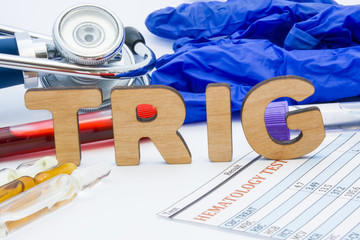
Iron Deficiency Could Worsen Mental Health Disorders; Foods To Boost Iron Levels
Several factors such as differences in brains, genes, body types and life experiences can influence a person's mental health. A new study suggests those who suffer from anxiety, depression and other mental disorders need to get tested for iron deficiency as it can worsen the symptoms of psychiatric disorders.
Iron deficiencies affect more than 1.2 billion people worldwide. The common symptoms of deficiency include:
- Fatigue
- Pale skin, brittle nails
- Shortness of breath
- Headache, dizziness
- Cold hands and feet
- Inflammation in tongue
- Cravings for non-nutritive substances, such as ice, dirt or starch
- Poor appetite
Iron deficiency can lead to anemia, which elevates the risk of developing heart and lung complications. However, many people are unaware of the implications of iron deficiency on poor mental health. In many cases, the healthcare providers who treat them are also unaware of the connection.
In a paper published in MDedge Psychiatry, Stephanie Weinberg Levin, a psychiatrist at Michigan Medicine and Theresa Gattari, a former psychiatry resident, explained about "iron deficiency in psychiatric patients." The study highlights the need for getting tested for nutritional deficiencies, especially iron deficiency, while treating symptoms of psychiatric disorders.
"Iron is the most common nutrient deficiency and can have a big impact. You can be iron-deficient without having anemia, but many mental health care providers aren't aware that iron deficiency by itself has been linked to worse symptoms, or that supplementation has been linked to improved symptoms. But there is evidence there," Levin said. "We don't always go looking for nutrient deficiencies, but they can really take a large toll on well-being."
Preventing iron deficiency through food
The most common cause of iron deficiency is the lack of iron in the diet. It can be corrected by adding iron-rich foods to the diet. However, conditions such as chronic blood loss, pregnancy and vigorous exercise can also cause iron deficiency.
Some health conditions prevent the absorption of iron from food, which calls for treatment with supplements.
There are two types of iron: heme and non-heme iron. Heme iron comes from hemoglobin and is commonly found in many animal-based food sources such as shellfish, organ meats, red meat, turkey and eggs.
Non-heme iron is mainly obtained from plant-based food sources such as legumes, quinoa, spinach, pumpkin seeds, broccoli, tofu, nuts and dried fruits.
Heme iron gets readily absorbed by the body. It is estimated that up to 30% of the heme iron that you consume is absorbed. But, only two to 10% of the consumed non-heme iron gets absorbed. Hence, it is easier to improve iron levels by including more meat in the diet.
But when you combine food rich in heme iron with non-heme iron foods, it will be better absorbed by the body. Similarly, foods rich in vitamin C such as tomatoes and citrus fruits can also help with better absorption.
Article from Medical Daily.
--------------------------------------------------------------------------------------------
Like free stuff? Us too! Read below to find out how you can get 3 free CNE courses!
It is imperative that nurses involved in the care and management of patients with Iron Deficiency Anemia are familiar with the disease state, understand intravenous iron infusion administration protocols, and monitoring of potential complications that may arise with specialty infusions. Pedagogy provides the means to educate nurses on this topic with three courses dedicated to Iron Deficiency Anemia and the treatment of this disorder with parenteral iron preparations. These courses include current best practices for ideal patient outcomes and safety.
- Iron Infusion for the Treatment of Iron Deficiency Anemia
- Iron Deficiency Associated with Pregnancy
- Iron Deficiency in the Bariatric Patient
Through an independent educational grant from Pharmacosmos Therapeutics Inc, we are offering the below courses at no charge!
To take advantage of this offering, register or sign in to your Pedagogy account, and click My Courses to access your dashboard. In the Register a New Course box, find the course title in the drop-down menu and click Add to List!

